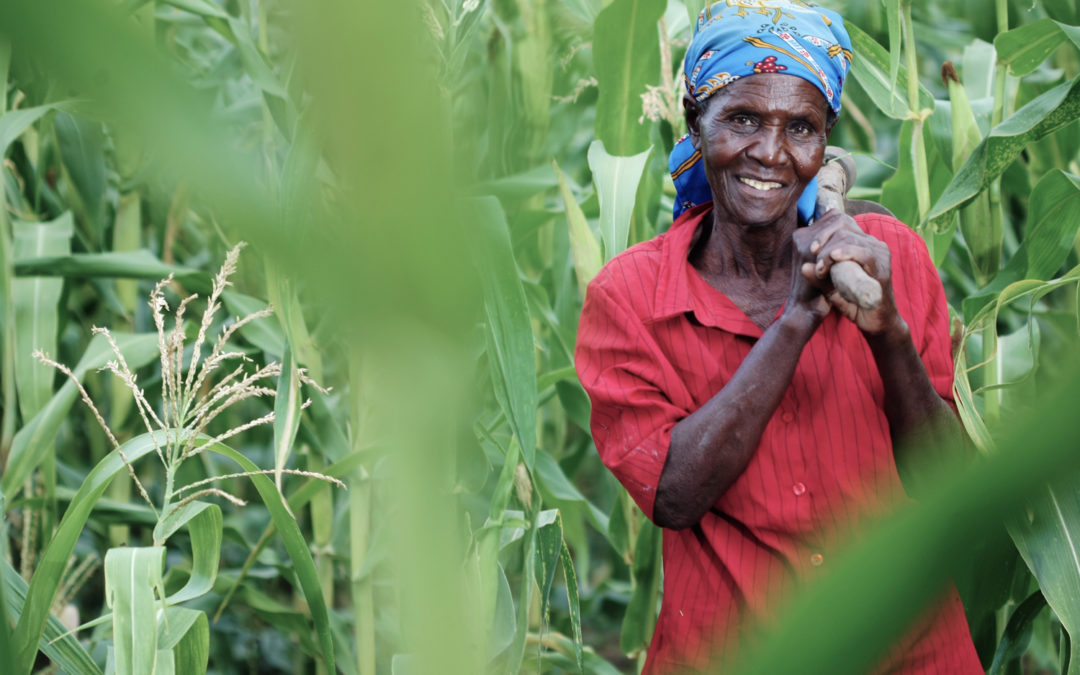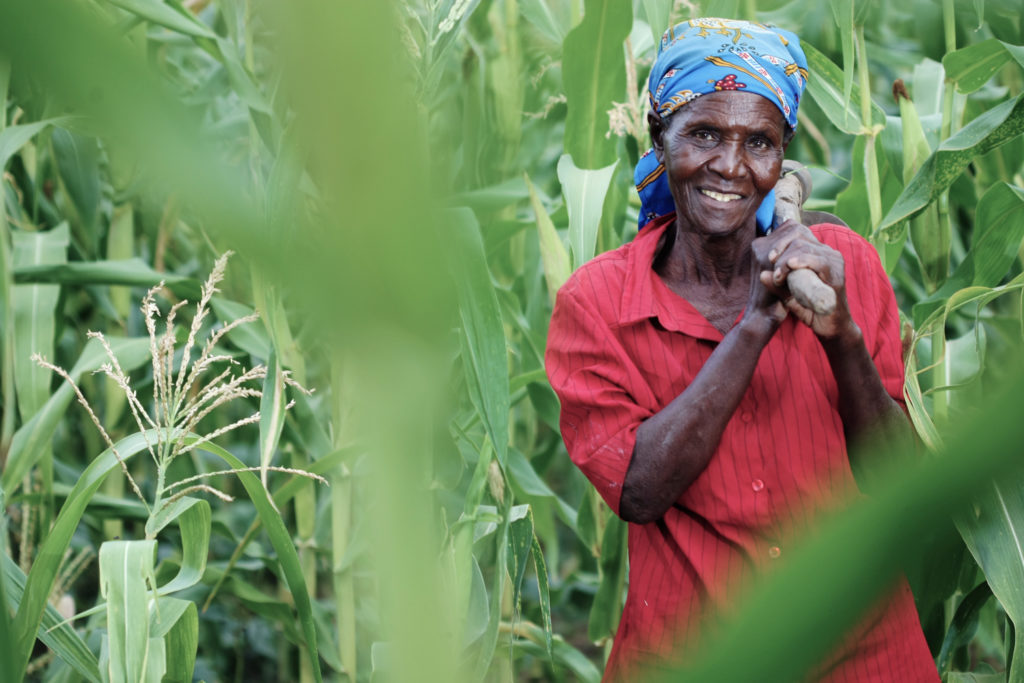Helping farmers overcome financial challenges
This blog is a submission to the Community of Practice on Data-Driven Agronomy’s blog competition on digital extension—an opportunity for those working in the digital extension in agriculture field to share their experiences with their technologies, business models, key challenges, and major bottlenecks, as well as how they solved such challenges, when creating and implementing innovative solutions.
Access to finance remains one of the major challenges facing smallholder farmers across Kenya. A large portion of these farmers are unable to get the financing they need for things such as purchasing farm inputs and harvesting crops. This is a serious barrier to achieving food and nutritional security in the country, given that smallholder farmers produce more than 80% of food consumed in Kenya.
I work as a Project Manager at Kings Agricultural Services, and our primary goal is to help farmers overcome such challenges. One of the services we offer is conducting farmer training; among the things we train on is access to finance through digital platforms. In 2019, we have impacted more than 500 farmers across six counties.
One of the tools we have been pushing is Digifarm, a platform developed through a partnership between Safaricom, Farmdrive, and iProcure. These three organizations have different specialties which, when brought together, creates the powerful digital extension tool Digifarm. The system leverages the strengths of these three entities in development of a data-driven credit scoring system.
iProcure provides real-time business intelligence and last mile delivery of inputs. Farmdrive provides powerful big data analytics tools to assess farmers’ credit worthiness (credit score). Finally, Safaricom relies on credit score inputs for its MPesa mobile money service. Eligible farmers pick their inputs at Digifarm depots located across the country and then pay for the inputs over a period of 30 to 90 days.
The platform has been well received, enrolling around 1,000,000 farmers since its inception in 2017. Due to its potential benefits, we at Kings Agricultural Services have been encouraging our trainees to enroll on the platform and take advantage of its loan services. In August this year, we conducted trainings in Murang’a County, targeting farmers registered under an avocado-growing collective. The cooperative society grows the fruits and markets them to processors.
Given that Digifarm relies on farm data for credit scoring, one of the areas we were training them on was how to digitize their farm data. A majority of these farmers barely keep records. Therefore, they have no way of knowing the historical performance of their farms, let alone make financial projections. “By keeping digital records”, we told them, “You can be able to tap into Digifarm and get the financing you need for inputs and labor.”
What are the biggest challenges you have faced? How did you overcome them?
Over the course of these trainings, the biggest challenge we faced were the clientele needs. There were approximately 50 farmers which participated in the weeklong training, and their seniority was particularly apparent. The median age of these farmers was 70, as a significant number of them were aged between sixty and eighty. Less than five of the participants were aged 30 or less. These figures are representative of the demographics of Kenyan farmers, as it is largely composed of senior citizens.The age of the farmers has implications on how to conduct these training, both for the duration of the training and information presented to them.
Language barriers also presented difficulties. The farmers mainly spoke their native Kikuyu language, but the training materials were in Kiswahili and English. Therefore, it was difficult for the farmers to fully grasp the content. Although the situation was improved by employing an interpreter to translate a portion of the messages, there is no doubt that some of the material was lost in translation.
The third barrier was adaptability to new technologies. Most of the farmers have been farming for decades and, according to some, changing was a difficult task. This was especially because they are not digital natives, and would rather stick to their old ways of doing things. Some argued that despite the desire to access loan facilities such as Digifarm, digitizing farm data was a new thing to them and it would take time for full adoption. We illustrated how the technology works, with the intention of showcasing the benefits. Some of them registered, but it remains to be seen whether they will utilize the platform in the long run.
In your opinion, what is the main opportunity for digital extension services? What recommendations would you make in order to realize this opportunity?
The main opportunity for digital extension services is encouraging more young people to get into agriculture.
The agricultural workforce is rapidly aging, and their is a need for a fresh, young people in the sector.
A majority of young Kenyans are digital natives, so the availability of platforms such as Digifarm could be a way of attracting them to farms. They are in a better position to utilize these digital extension services, and, therefore, are the demographic that service providers need to target, for the most impact as well as sustainability.
***
Photo: K. Trautmann / CCAFS. Woman farmer at the Nyando Climate Smart Villages, Kenya.
Click here to view the full list of articles competing in the digital extension services blog competition.
January 20, 2020
Atula Owade
Project Manager
Kings Agricultural Services
35 - 35Shares
Latest news
35 - 35Shares






